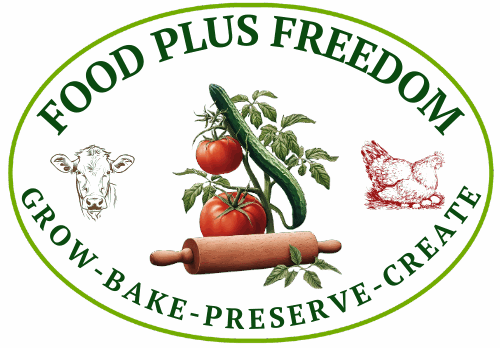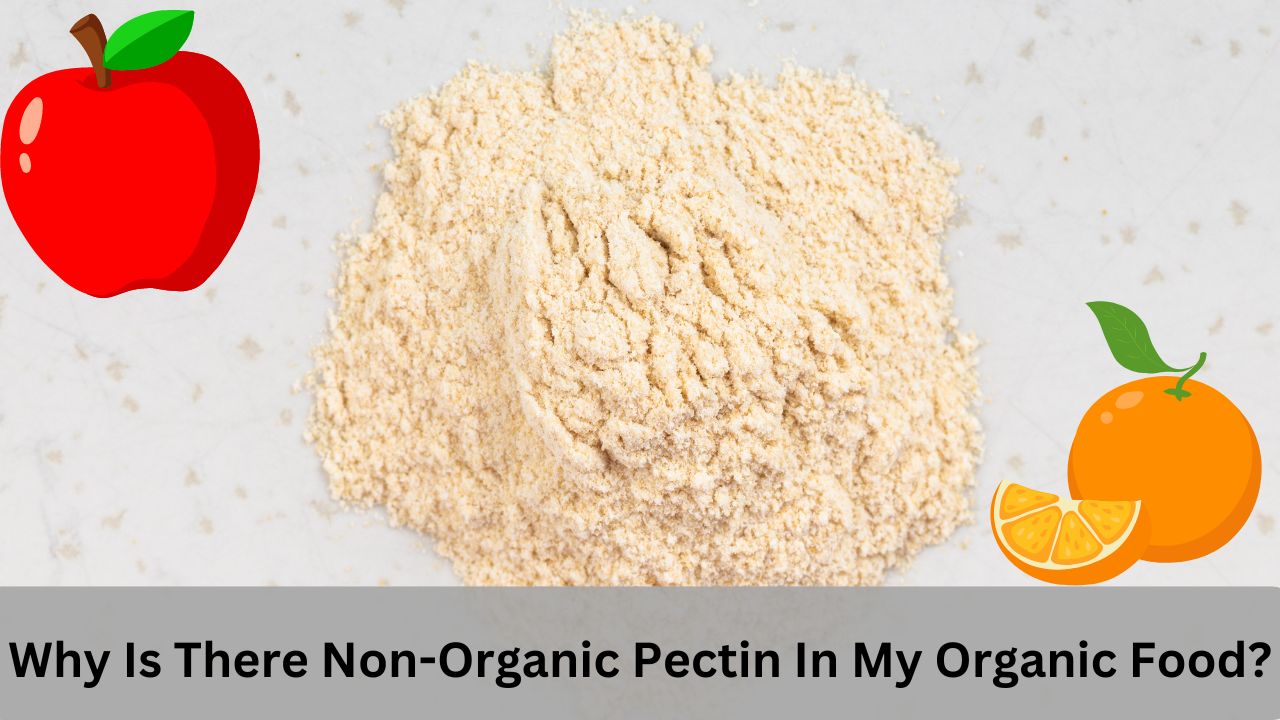Before I get into why there is non-organic pectin in your organic food, let me clarify a few things about pectin.
Like what is pectic? Where does it come from? Why it’s in your food in the first place? Why you should be wary about pectin in your food?
I learned about pectin decades ago when I started making jams and jellies. I added it to low pectin fruit to create a thick jam or jelly consistency. It is a thickening agency for jams and jelly, but I had never seen it in my food elsewhere. Now you can find pectin in an array of processed foods. Even your organic food and it doesn’t always have to be organic.
What is Pectin?
Pectin (or a polysaccharide) is a substance that occurs naturally in berries, apples, and other fruit. In case you are wondering what a polysaccharide is, it’s a carbohydrate (such as a starch, cellulose, or glycogen) whose molecules consists of several sugar molecules bonded together.
When Pectin is heated together with sugar, it causes a thickening or jelling of the food.
Where does pectin come from?
They create commercial pectin from apple pulp and citrus pith, which is the white part of the citrus between the fruit and the skin.
You don’t need commercial pectin for your jams, jellies, and candy. Instead, you can boil down high pectin fruits, such as apples, and create your own thickening agent.
Why should you be wary of pectin?
Pectin itself shouldn’t be a concern because it comes from nature. Right? Wrong.
Since commercial pectin comes from apples and oranges, the pectin in your food could include pesticides and genetically modified substances. It could come from a genetically engineered plant. It can come from a plant or its fruit that has been chemically sprayed.
As of September 2024, there is a genetically engineered apple on the market. Plus, according to the USDA (United States Department of Agriculture) testing from 2016, both conventional and organic apples and oranges have several different kinds of pesticide residue found on them.
The only way you’ll know if the pectin is organic and doesn’t include GMO or pesticide residue is if you know the source. As of the time of writing, there are companies now creating certified organic pectin.
Pectin isn’t considered to be an agricultural product because, according to the USDA, “pectin that is removed from, separated from, or has been reduced to a fraction of an originally agricultural product. The once agricultural product is now considered to non-agricultural due to manipulation or processing that caused the ingredient to become unrecognizable in its new form.” In other words, the USDA doesn’t consider pectin to be an agricultural product needing a USDA Organic Certification.
In case you think that all ingredients in a USDA Certified organic product has to be USDA Organic Certified, you’d be wrong. Why?
There are several different labels approved to use with organic food. One is 100% organic, which is used to label products that only contain 100 percent organic ingredients. Salt and water doesn’t have to be deemed organic. However, the organic label that we are familiar with indicates that a product must be no less than 95 percent organic. This means 5 percent of the ingredients do not have to be organic and they still get this organic label.
Unless the pectin in your food says certified organic pectin in the ingredient list, it isn’t organic.
Now you know why non-organic pectin is in your food, even if it is organic food.
You decide if you want food with pectin or not.

